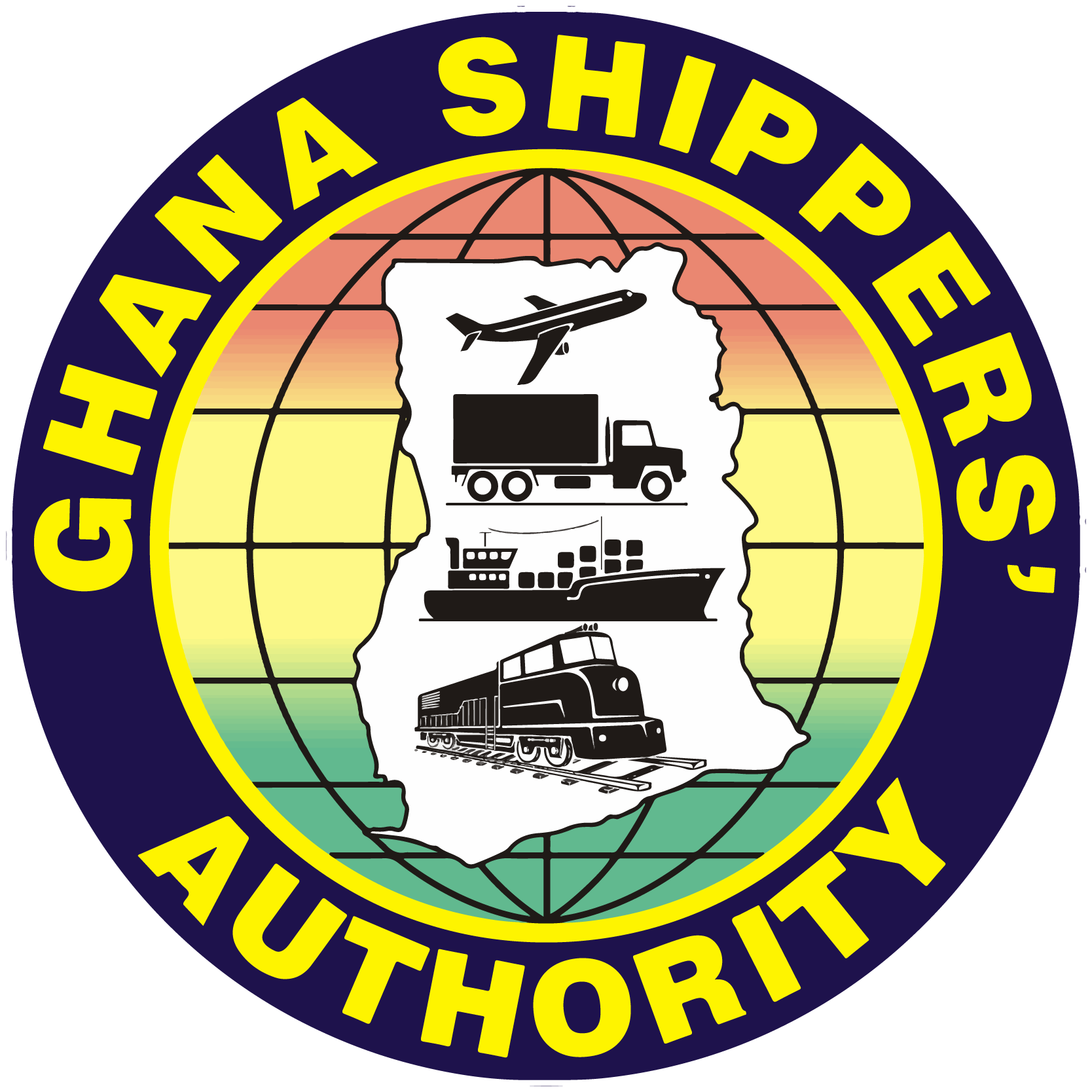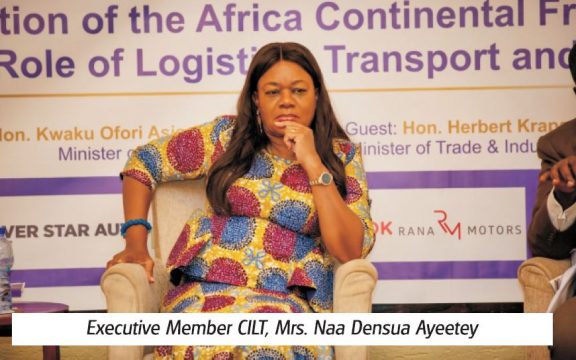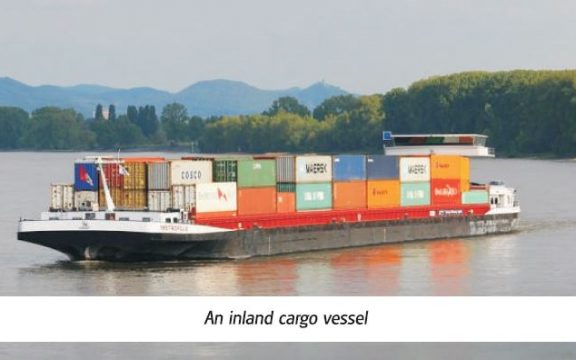 Introduction:
Introduction:
The concept of “Port State Control” provides a final bastion of protection for the sea against unsafe shipping practices, pollution and other unscrupulous exploitative uses like illegal, unregulated and unreported fishing. It comes at a time when flag state control has been rendered ineffective in regulating safe ocean shipping, due primarily to the proliferation of flags of convenience whereby some states commercialize their maritime registries by attracting tonnage with lax administrative supervision and regulation at the expense of safe shipping.
With over 90% of global trade taking place by ocean shipping, there is dire need for a counter-balancing measure against the predictable devastation that will result from ill and convenient shipping and exploitative practices within the ocean and the marine ecosystem. This is where the port State control becomes critical.
What is a Port?
International law provides some guidance as to what constitutes the spatial or geographical scope of a port. The 1982 United Nations Convention on the Law of the Sea of (LOSC) directs on the subject as follows;
…The outermost permanent harbor works, which form an integral part of the harbor system, are regarded as forming part of the coast. Offshore installations and artificial islands shall not be considered as permanent harbor works.
Thus, a port would generally include the harbour basin, quay walls, quays, piers, jetties, intermodal terminals, warehouses, etc. Additionally, roadsteads used for loading, unloading and anchorage purposes are considered part of the coast of a Port State even if they extend well beyond the outer limit of the territorial sea.1 However, offshore installations that do not form an integral part of the harbour system are not included in the definition of ports, likewise artificial islands.
Ports provide a terminus between the sea and the landmass and constitute an indispensable link in the global supply chain. They also provide a logical point of control by states, for inter alia customs, immigration, fiscal sanitation and national security purposes.
 Ports also provide platforms for embarkation and disembarkation of passengers and or crew, loading, unloading and transhipment of cargo to and from vessels, inland access and intermodal connections as well as complimentary services to shipping carriers.
Ports also provide platforms for embarkation and disembarkation of passengers and or crew, loading, unloading and transhipment of cargo to and from vessels, inland access and intermodal connections as well as complimentary services to shipping carriers.
They ensure the safety of seagoing vessels entering, operating in or exiting the coast, provide facilities and equipment necessary for vessels to anchor, load or unload cargo, and for passengers and crew to embark or disembark, provide cargo transportation, warehousing and preservation services to shippers, and again provide shelter, repair and maintenance services to seagoing vessels in emergency cases.
What is a Port State?
The term “Port State” is often used alongside and interchangeably with “Coastal State”, and sometimes in contradistinction with the concept of “flag state”. Whilst these concepts are not at all mutually exclusive, they nonetheless have distinct connotations and set out the different capacities in which a state may act to protect its maritime interests. Coastal states are generally understood to refer to states with a coastline. Coastal state jurisdiction, therefore, implies the powers a state may exercise within the different maritime zones.
 Flag states are the states where seagoing vessels are registered. They provide nationality and protection to ships wherever they may be, and are required under international law to exercise control over them in terms of compliance with among others, international safety and anti-pollution regulations. Port states refer to states where a port is located, and port state jurisdiction implies the state’s competence to exercise prescriptive and enforcement powers over vessels and persons operating within their domain. The concept of port state jurisdiction is best understood in the light of its countervailing effect on the inadequate performance by flag states to ensure seaworthy ships and safer seas.
Flag states are the states where seagoing vessels are registered. They provide nationality and protection to ships wherever they may be, and are required under international law to exercise control over them in terms of compliance with among others, international safety and anti-pollution regulations. Port states refer to states where a port is located, and port state jurisdiction implies the state’s competence to exercise prescriptive and enforcement powers over vessels and persons operating within their domain. The concept of port state jurisdiction is best understood in the light of its countervailing effect on the inadequate performance by flag states to ensure seaworthy ships and safer seas.
Access to Seaports: A right or a privilege?
Generally, under international law of the sea, there is no recognized right of access by foreign ships to seaports. Ports, as observed in preceding paragraphs, form part of the territory of a state where complete territorial sovereignty is exercised. It follows therefore, that a port State always reserves the right to grant or withhold access to its ports. This position was affirmed by the International Court of Justice (ICJ) in the Nicaragua Case.2
There is rather a presumption that ports are open unless a state indicates otherwise…but this is a presumption only, not a legal obligation.3 This notwithstanding, it is possible to have bilateral or multilateral treaties providing for free access of ships flying the flags of member-States to ports of other contracting parties. An example of such bilateral treaty is the 1956 Treaty of Friendship, Commerce and Navigation between the United States and the Netherlands. The 1923 Convention and Statute on the International Regime of Maritime Ports is an example of a multilateral treaty which provides that vessels, except fishing vessels of contracting parties shall have right of port access. Indeed, the existence of these treaties is evidence that absent a formal agreement to the contrary, there is no recognized right of port access under public international law.
The Historical Development of Port State Control
The origin of port state control may be traced back to the very first version of the International Convention for the Safety of Life at Sea (SOLAS Convention) adopted in 1914 after the RMS Titanic disaster in 1912.4 Following the Torrey Canyon incident of 1967 which caused the spillage of 100,000 metric tons of oil into the English Channel, various governments came together and within two years, signed the International Convention on Civil Liability for Oil Pollution Damage in 1969. This convention did not seek to directly correct or prevent the reoccurrence of such disasters but to create a regime for making amends for damage caused by them. Subsequently, the 1973 International Convention for Prevention of Maritime Pollution (MARPOL) was passed but never came into effect until the even more devastating Amoco Cadiz incident that fouled the coast of Brittany with over 230,000 tonnes of spilled crude oil, jostled the IMO into action. The 1978 Protocol to the MARPOL was thereafter adopted, absorbing the parent convention.
It is to be noted also, that the outrage sparked by the Amoco Cadiz incident resulted in the expansion of the 1978 Hague Memorandum that birthed the Paris MoU in 1982. The Paris MoU in turn, provided the model for the remaining regional MoU’s through which port State Control is operationalized.
The Port State Control Framework
The aim of international law is to achieve the application of a uniform set of rules and standards in the exercise of port state jurisdiction. All the regional Port State Control MOU’s apply standards contained in designated international treaties. For instance, the Tokyo MOU5 adumbrates eight (8) international conventions which are to be enforced by its member port authorities against vessels calling at those ports. These are;
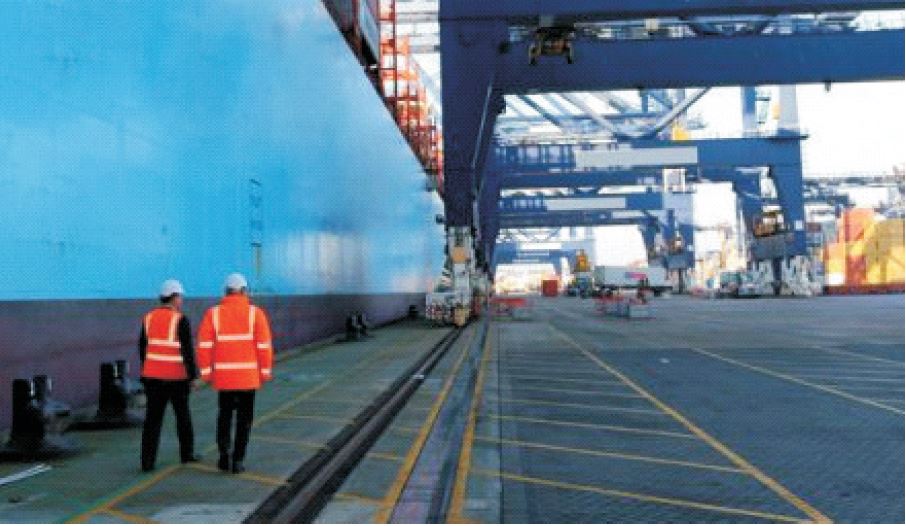 — The 1966 Convention on Load Lines;
— The 1966 Convention on Load Lines;
— 1974 International Convention for the Safety of Life at Sea (SOLAS);
— 1978 Protocol for to the 1974 SOLAS Convention
— 1973 Convention for the Prevention of Pollution from ships (MARPOL)
— The 1978 MARPOL Protocol
— The 1978 Convention on Standards for Training, Certification and Watchkeeping for Seafarers
— The 1972 International Regulations for the Preventing Collisions at Sea (COLREGS)
— 1969 Convention on Tonnage Measurement for Ships; and
— The 1976 Merchant Shipping (Minimum Standards) Convention of the International Labour Organization (ILO Convention No. 147).
In 1998, the International Safety Management Code (“ISM Code”) adopted by the IMO came into effect, and constitutes a key document relied upon by port State inspection officers. The 1982 Law of the Sea Convention also serves as a primary point of reference regarding the issue at hand.
Port State Control in practice
A general characteristic of seaports across the world is that of competition, whereby individual ports even within the same port State seek to attract tonnage in order to benefit from revenues from port fees, transshipment charges, pilotage fees, bunkering, resupplying, etc. Therefore, port States have little motivation to exact strict standards of enforcement and compliance on foreign vessels as that would repel tonnage and imply loss of revenue, presenting a real risk of the development of what a writer calls “Ports of Convenience”.6 In response to this risk, regional Port State Control regimes have been developed to standardize the operation and exercise of port state jurisdiction with some element of compulsion.
There are currently 9 regional Port State Control MoU’s operating almost throughout the globe, and a unilateral Port State Control framework by the United States called the United States Coast Guard (USCG). The 9 Port State Control MoU’s are as follows;
— Paris MOU (Europe and the North Atlantic);
— Tokyo MOU (Asia and the Pacific);
— Acuerdo de Vina del Mar (Latin America);
— Caribbean MOU (the Caribbean);
— Abuja MOU (West and Central Africa);
— Black Sea MOU covering (the Black Sea region);
— Mediterranean MOU (the Mediterranean);
— Indian MOU (the Indian Ocean) and
— Riyadh MOU (the Gulf Region).
The regional MoUs provide a framework for uniformity and harmony in the application of international standards to foreign vessels in the ports of participating States to ensure maritime safety and protection of the marine environment. In practice they apply the Law of the Sea Convention and IMO instruments, and employ a combination of measures to ensure effective port State control, including the following;
— Denial of landing, transhipment and or processing of cargo;
— Denial of access to other port services like bunkering, re-supplies, drydock, etc.;
— Denial of access to port;
— Boarding and inspection;
— Detention pending correction of a violation;
— Fines or other penalties, including arrest and detention of ships or its cargo for violations of national legislation, etc.
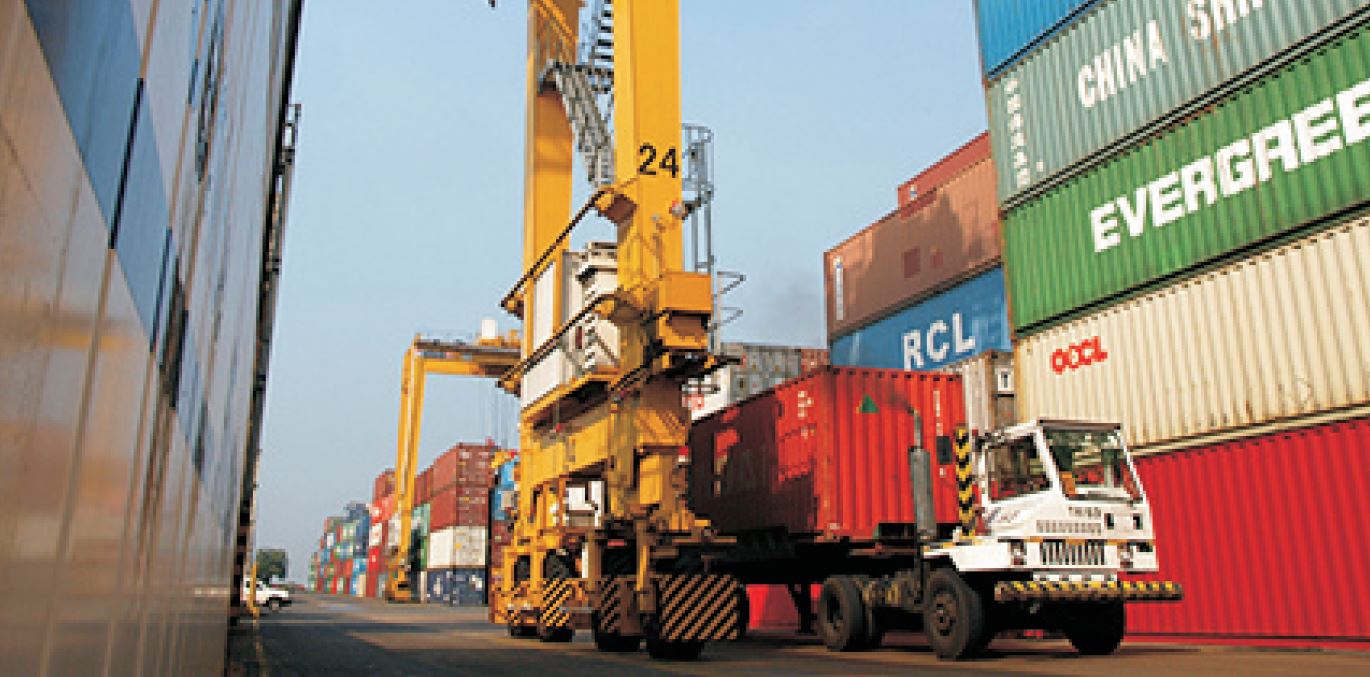 The Ghana Story
The Ghana Story
Ghana is a member State of the Memorandum of Understanding on Port State Control for West and Central Africa (Abuja MoU). Other members include Benin; Congo; Gabon; Guinea Conakry; Cote D’Ivoire; Angola; Liberia; Guinea Bissau; Nigeria; Senegal; Sierra Leone; South Africa; the Gambia; Togo; Sao Tome and Principe; Cape Verde and Cameroun. The MoU was established pursuant to IMO Resolution A.682(1) of 1991. The Text of the MoU provides under section 1.2 as follows;
Each Authority will maintain an effective system of port State control for the inspection of foreign ships with a view to ensuring that, without discrimination as to flag, foreign merchant ships calling at a port of its State, or anchored off such a port, or at offshore facilities including FPSOs3 and FSOs4 comply with the standards laid down in the relevant instruments listed in Section 2.
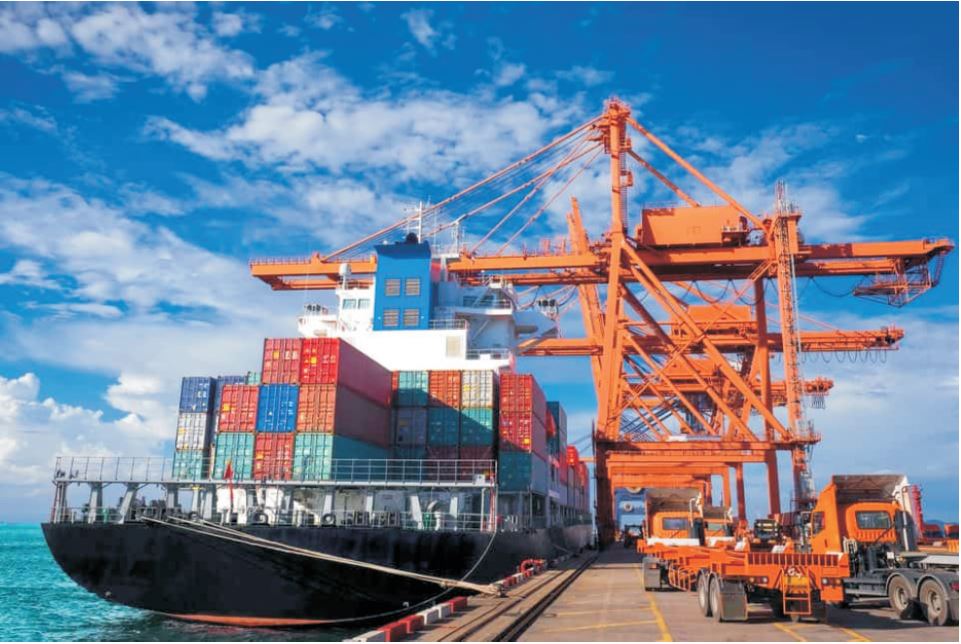 Ghana has acceded to most of the IMO Conventions and codes and has enacted legislation to give effect to them, whilst also empowering the Ghana Maritime Authority (GMA) and the Ghana Ports Authority to implement and enforce them.
Ghana has acceded to most of the IMO Conventions and codes and has enacted legislation to give effect to them, whilst also empowering the Ghana Maritime Authority (GMA) and the Ghana Ports Authority to implement and enforce them.
An example of such local legislation is the Ghana Maritime Security Act, 2004 (Act 675). This Act was passed to give effect to Chapter X1-2 of the 1974 SOLAS Convention regarding special measures to enhance maritime security and to create a legal framework for ensuring effective compliance with the International Ship and Port Facility Code (ISPS) and related matters.
According to the 2020 Annual Report for the Abuja MoU, 52,182 vessels visited the region in 2020. Ghana was among the 14 Member States that submitted Port State Control Inspection reports during the year under review, despite the COVID 19 pandemic. A total of 2,337 inspections were conducted across the region which revealed 937 deficiencies by 252 errant vessels. Regarding the deficiencies, the most were recorded on Ships’ certificates and documents (121 or 12.91%); Living and Working conditions of crew (109 or 11.63%); Propulsion and Auxiliary Machinery (99 or 10.57%); Safety of Navigation (96 or 10.25); Fire Safety (84or 8.96%); Structural conditions (65 or 5.34%); Emergency systems (41 or 4.38%; and ISM (46 or 491%).
Ghana conducted 156 inspections constituting 7% of the total number of inspections conducted in the region, discovered 358 deficiencies from 86 vessels and carried out 2 detentions representing 1.28% of the total detention percentage of 0.39% across the region. Ghana also recorded the highest number of deficiencies discovered per ship at 2.3, followed by South Africa which recorded 1.0. There was a slight increase in the total number of detentions from 1 in the previous year, to 2 in 2020 despite the adverse impact of COVID 19 on the shipping industry during the year under review.
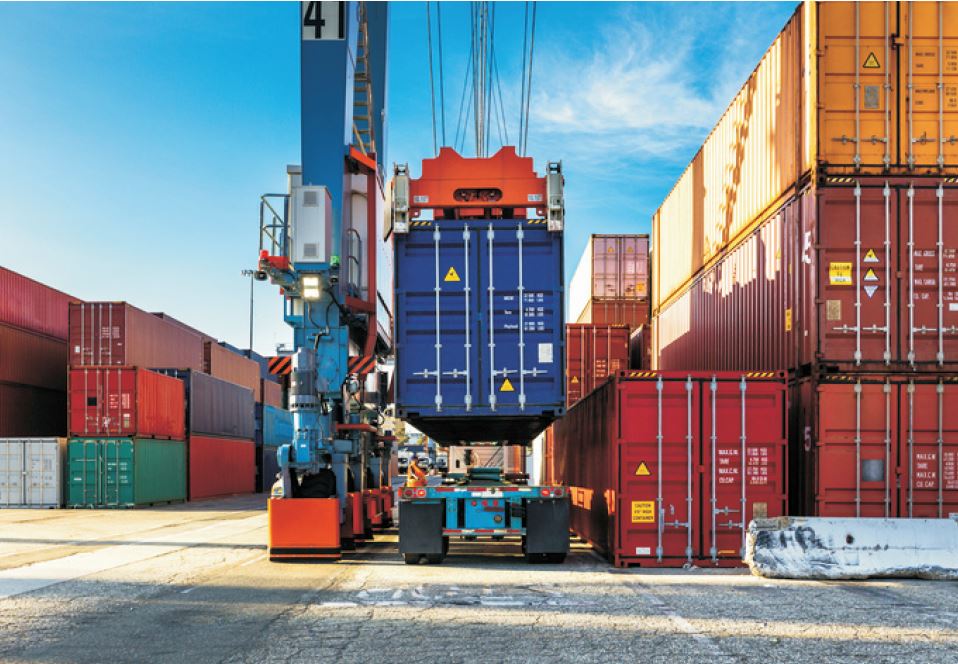 Whilst Ghana recorded 18 inspections with deficiencies in 2019 from a total of 161 inspections, it recorded 86 inspections with deficiencies from 156 overall inspections. The most probable explanation for this remarkable performance is the conduct of more thorough and detailed inspections and improved inspection skills by Port State Control Officers (PSCOs) than previously. This is a truly comforting statistic and shows a real commitment by Ghana to its port State Control responsibilities as exemplified by the Maritime Circular, Shipping Notice No. 009 by which the Ghana Maritime Authority served notice upon all vessels intending to call at ports in Ghana and their local representatives of its intention to ramp up its enforcement measures of the MARPOL Annexes 1 to VI and the Maritime Pollution Act of 2016 (Act 932).
Whilst Ghana recorded 18 inspections with deficiencies in 2019 from a total of 161 inspections, it recorded 86 inspections with deficiencies from 156 overall inspections. The most probable explanation for this remarkable performance is the conduct of more thorough and detailed inspections and improved inspection skills by Port State Control Officers (PSCOs) than previously. This is a truly comforting statistic and shows a real commitment by Ghana to its port State Control responsibilities as exemplified by the Maritime Circular, Shipping Notice No. 009 by which the Ghana Maritime Authority served notice upon all vessels intending to call at ports in Ghana and their local representatives of its intention to ramp up its enforcement measures of the MARPOL Annexes 1 to VI and the Maritime Pollution Act of 2016 (Act 932).
Conclusion and Way Forward:
The statistics show a positive recent trend in Ghana’s port State Control performance that appeared to have slackened in earlier years. There is no doubt that an effective port State control system is critical to safeguarding the nation’s maritime domain and protecting the marine ecosystem.
I urge government to give even greater attention in terms of logistical support to the Ghana Maritime Organization, the Ghana Ports and Harbours Authority, and the Ghana Shippers’ Authority to enable them to deliver effectively on their collective mandate to provide an effective and efficient maritime service delivery in the country and across the continent. I also recommend that more PSCOs be given formal training on advanced and improved port State inspection skills whilst existing officers get regular update of their relevant skill set and knowledge.
